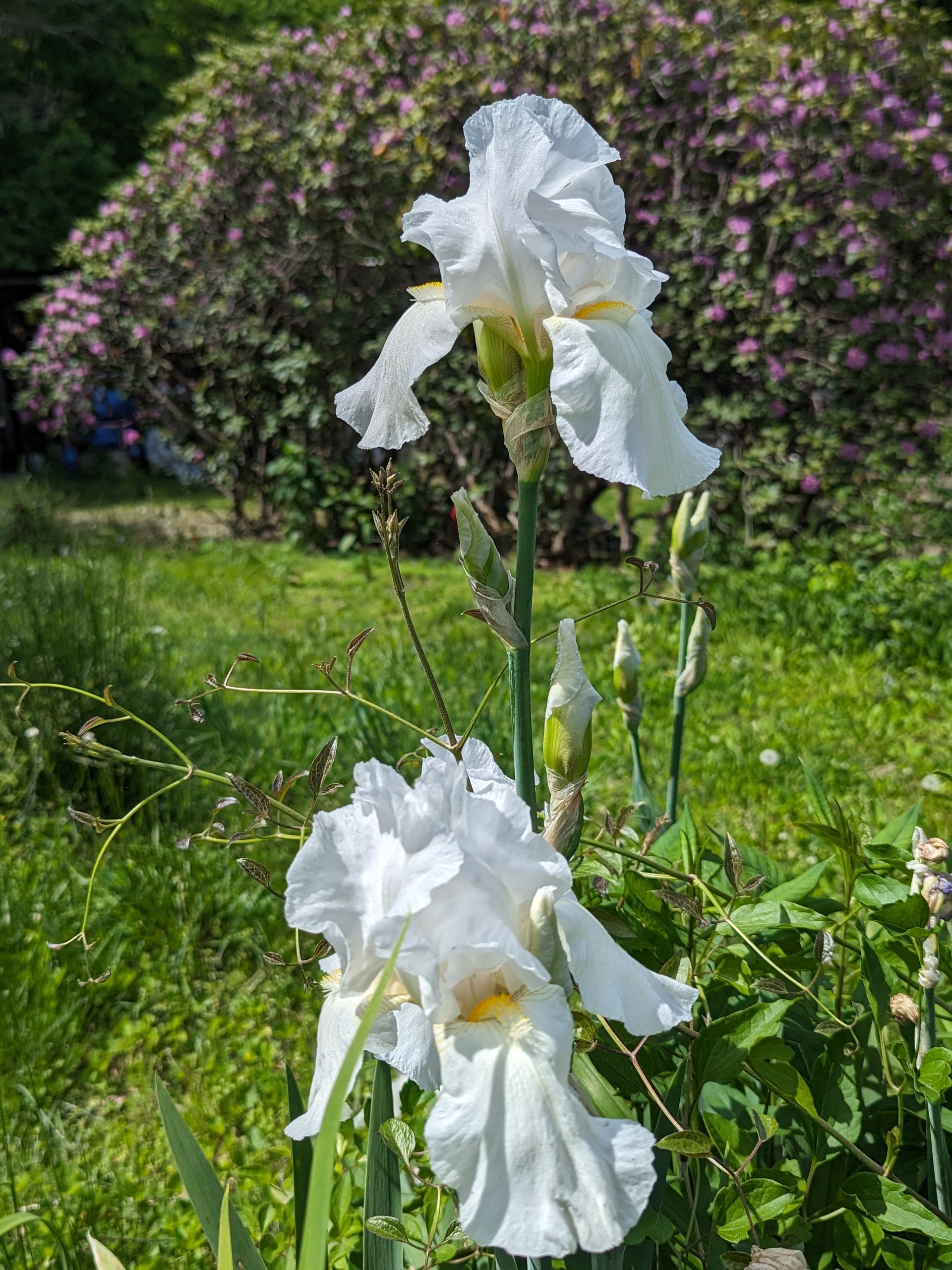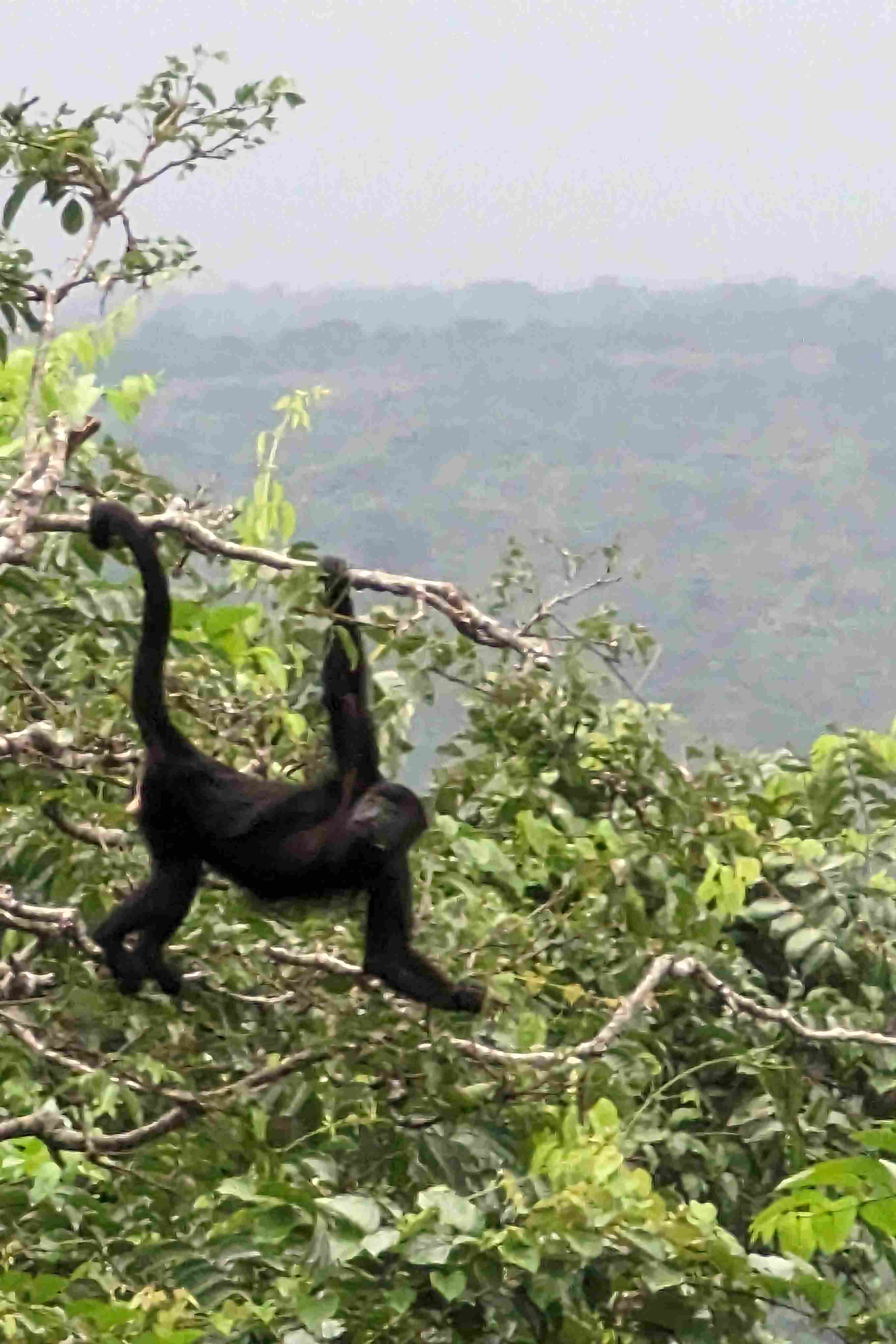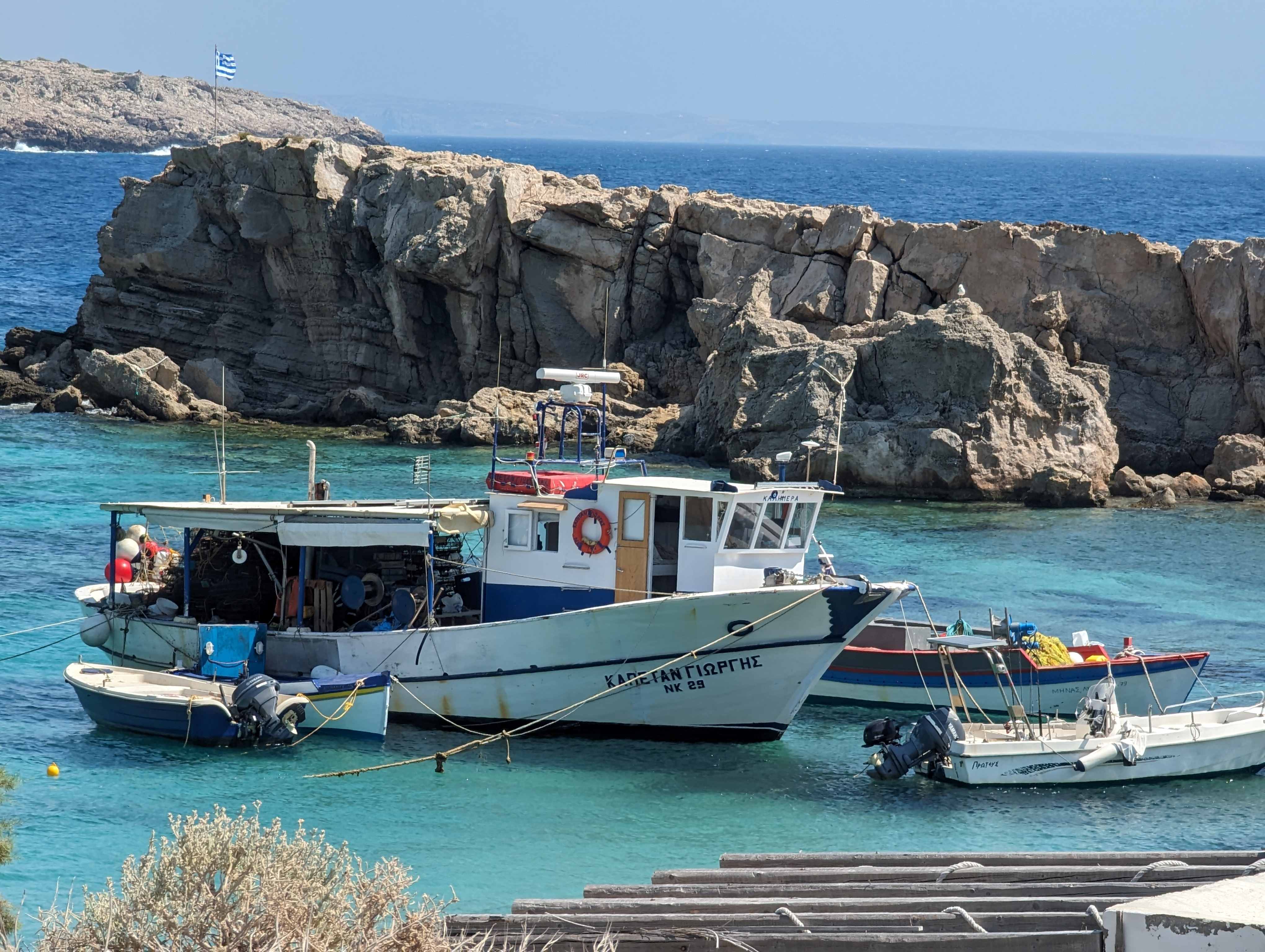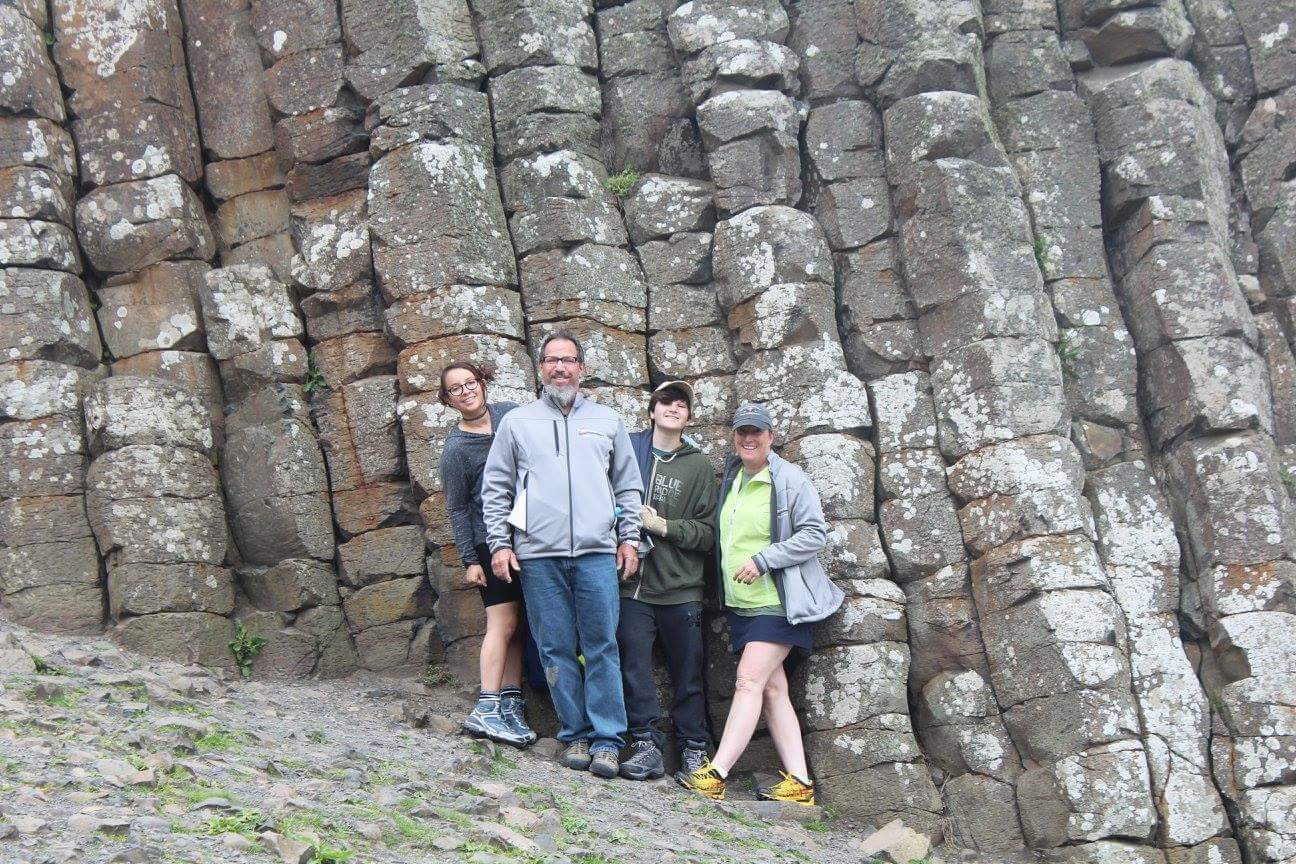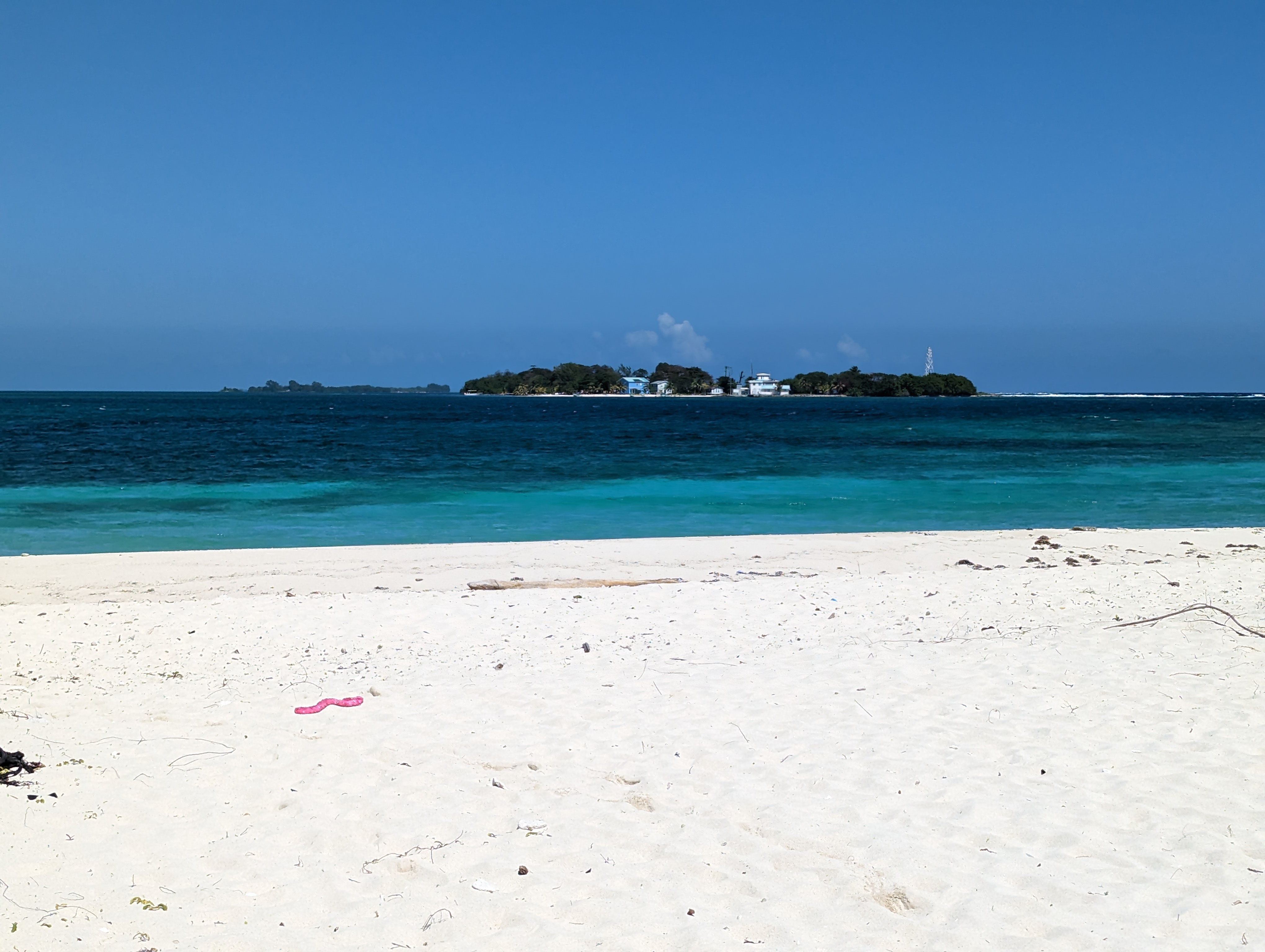
Lighthouse Caye, where Lester Garbutt dreamed his vision for his family, across the channel from Lime Caye is still in operation.
The water is coming in from every direction. And the constant roar of the reef is keeping my mind off the fact that I can’t get my laptop working. My hopes of spending the day seem crashing like the waves on the natural rock jetty offshore.
Instead, I find myself scratching away on a 5×4 notepad I hold for emergencies, perched alone on a deck overlooking an endless sea. I can see another little island across the channel, Hunting Caye which hosts the Lighthouse and Coast Guard station. A post just a short distance to Honduras and Guatemala, closer than our 34-mile trip from Belize.
My writing retreat is, in fact, an authentic fish camp on Lime Cay, a 2.5-acre island sitting in the middle of the Sapodilla Cayes, Belize. Part of the Mesoamerican Barrier Reef System, the (cayes) are operated by Belize, a point of dispute with Guatemala and Honduras. Regardless of disputes, this little caye is a dream come true in the midst of the Bay of Honduras.
Our adventure here was a dash of research, a smidge of R&R, and a boatload of curiosity. I was eager to discover the Sapodilla Cayes Marine Reserve, located along the southernmost tip of the Belize Barrier Reef, nearly 46 miles east of Punta Gorda Town. The reserve is a 2.5-hour boat ride from Punta Gorda, making it one of the more remote locales in the Belize Barrier Reef System.
The three-hour ride out tested our choice and our hosts description of the journey; seas jostled us about with three to six-foot waves causing some wrestling-move slams to the tailbone. But by the time we hit the really big swells, it was less distance to ride it out than to turn back.
Once we stepped off the boat on the caye, the memory of the ride slowly ebbed.
The private island, owned by the Garbutt family, conjures visions of Robinson Crusoe meets Lord of the Flies. The camp is designed for hardcore fly fishermen who are accustomed to being offline, out of touch, and one with nature. It’s heaven for a writer desperate for a place with little conversation and no distractions.
I was annoyed to discover the absence of modern conveniences – no internet and power is generated only from dusk to midnight. After 24 hours with nothing to make excuses, I was desperate for a pen and paper. Reminded of a time when my writing was more fervent and desperate when the only phones I found were bound to a wall or housed inside a glass box.
It was a joy to have silenced that constant interruption in my pocket constantly buzzing me for attention, keeping my writing riddled with distraction.
To the west, shin-deep water is full of bonefish, a svelte, missile-shaped gamefish that is a true prize for anglers. As my husband casts for these “gray ghosts of the flats,” I spend my day writing and watching Garbutt’s youngest offspring comb the beach for conch shells, sea sponge, and polished sea glass.
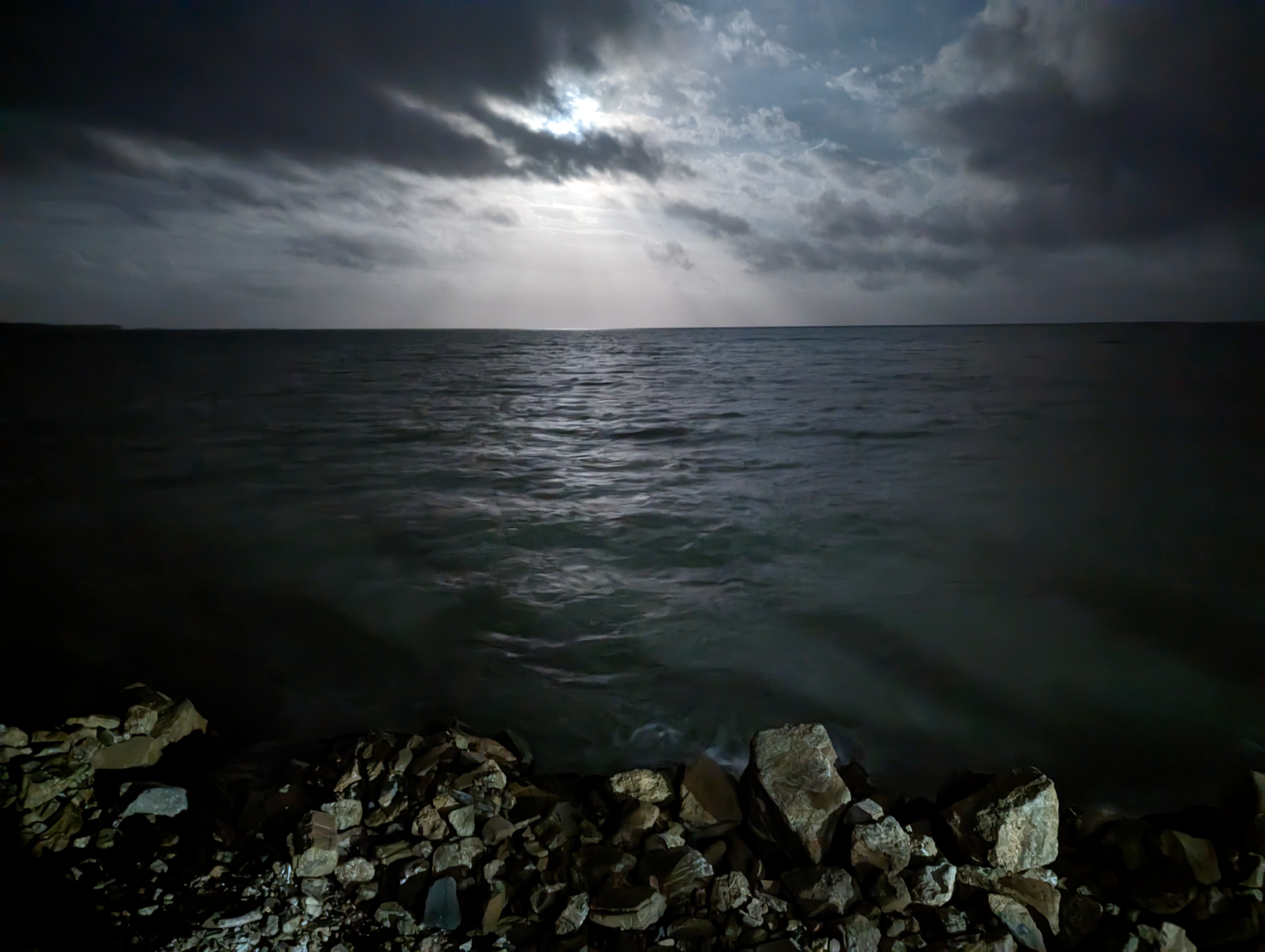
Moonrise off the deck of our room.
This fisherman’s paradise was borne from the dreams of a solitary lighthouse keeper named Thomas Lester Garbutt, or Lester, Uncle Les to his friends. Garbutt spent his life here working on Hunting Caye for more than 50 years.
One day, a minister of some consequence came to the island, seeking the lighthouse keeper. Garbutt made the politician a bed, and as the night wore on, the two struck up a friendship. The minister found himself in deep conversation with Garbutt and somehow the topic turned to what Lester would do when he retired. Lester, as the story goes, pointed across the channel to Lime Caye and explained he planned to own the island and spend the rest of his days.
The rest is history. Lester constructed a little house on the caye. His family would ultimately turn it into a fish camp. And as Lester had promised himself and the Gods above, he would take his last breath on the island with his family by his side.
That is the simple version of the story. There is so much more to tell with big tales of politics and travels, hard-won battles and skirmishes lost, and all that goes with a well-lived life. I have but limited space to start and end this tale.
Lester’s six children carry on the legacy of Lime Caye and Lester’s love of the sea. Today, Dennis, Thomas “Scully”, Oliver, and Elizabeth “Betty” run Garbutt’s Caye and mainland lodge. Grandchildren are quickly taking up the ranks. Nineteen year-old Kylon Garbutt and his 9-year-old brother Marquise Buller – two of Betty’s children – served respectively as our boat Captain and first mate.
We could not have been in better hands.
Betty gave me a glimpse of her father’s life. He celebrated 30 years of living on Lime Caye, living ashore as he aged but always tethered to his favorite place. One cold December day in 2000, her father called her to say he was ill. She flew home from abroad to care for him. Her dad announced on her arrival he would not go to the doctor, but instead he called on her brother Scully to come and take them to the Lime Caye.
Although he used a walker to get around most days, he walked, unassisted to his son’s boat, saying simply, “I’ll be waiting on you, Betts.”
Once aboard, Betty said he opened his shirt and never looked back.
Thomas Lester Garbutt spent a little more than a week on the island that trip, celebrating the Christmas holidays with his family. Despite bad weather, rough seas and pleadings from his children to return to the mainland, his persistence to stay persevered. They celebrated the New Year, and on January 2, 2001, Lester took his last breath in the island home he had created.
Mr. Garbutt’s story lives on in the island visitors, his story and others, bigger than the island’s physical mass. I long for my return to continue to listen to its tales.
Garbutt is described not only as a lighthouse keeper but a sailor, a soldier, a brave and humble warrior, a servant of the people, a loyal patriot, and a defender and protector of the Jewel. But Garbutt gained a reputation as a first line of defense for a heroic action back in 1986 in which he ordered a former president of Guatemala to leave Belizean waters.
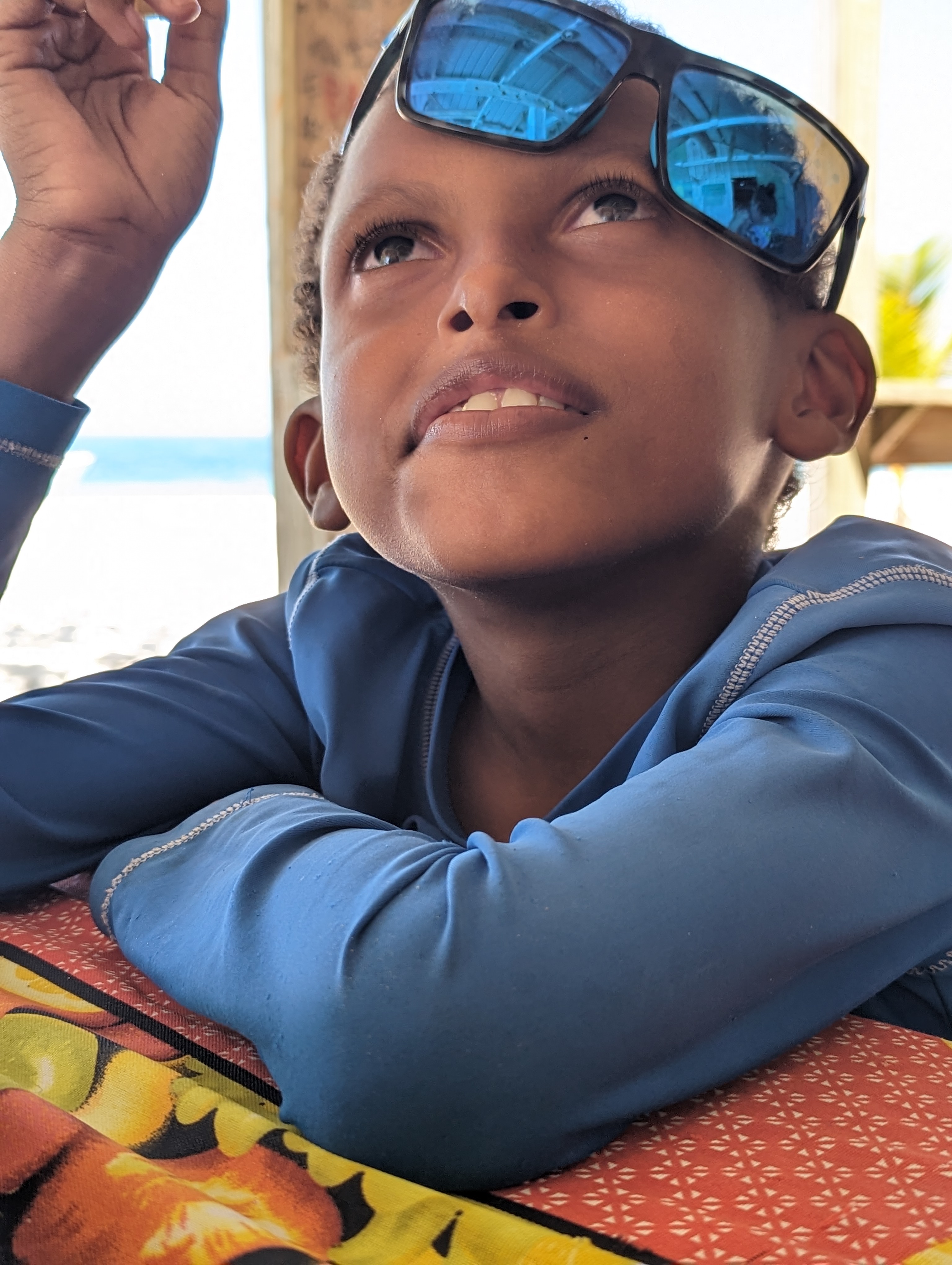
The next generation of Garbutt’s legacy – our young deckhand.
Where to Stay:
Garbutt’s Fishing Lodge, Joe Taylor Creek, Punta Gorda, Southern Hwy, Hopeville, Belize. For over fifteen years, the Garbutt Brothers – Scully, Oliver, Dennis, and Eworth – have been guiding the waters from Punta Gorda, east to the Sapodilla Cayes, and north to Placencia. After years spent working for other lodges throughout the region, they finally built a fishing lodge of their own in 2008 – a centrally-located, fishing-focused operation with the best permit fishing in all of Southern Belize. Located on a small point of land on Joe Taylor Creek, the Lodge sits directly in the town of Punta Gorda. You can walk or ride a bike to several bars or restaurants, or you can wander the small fishing village, meet locals, see the sights, and take in the culture of Southern Belize. https://garbuttsfishing.com/
The Garbutt’s also guide out of Copal Tree Lodge formerly known as Bel Campo Lodge, a popular destination for many anglers. For a more upscale excursion to discover Punta Gorda, we highly recommend Copal Tree. You can read more about them here. [Live Link]
Getting There:
How To Get There
International flights to Belize City’s Philip Goldson International Airport (BZE) go through Miami, Dallas, Houston, Atlanta, Denver, Newark, Chicago, and Charlotte. The major airlines that are currently servicing Belize are Southwest, American Airlines, United, and Delta.
Arrival and Departure Details / Times
It is best to arrive at Belize City’s Philip Goldson International Airport (BZE) before 3:00 PM in order to make your necessary domestic connections and allow ample in-country travel time to Punta Gorda. On your departure day, you can book a return international flight at any time, as flights from Punta Gorda back to the International Airport begin as early as 7:00 AM each day of the week. You can also rent a car and take the 3 hour trek south to Punta Gorda, the country’s newly improved highway system makes the journey much more comfortable than it has been in recent history.
Documents Required
All U.S. citizens are required to have a valid passport that does not expire within six (6) months of trip dates. Please be sure that your passport has at least two blank, unstamped pages remaining in the back, and that it is not torn, delaminated, or damaged in any way. Citizens of the U.S., the British Commonwealth, Canada, Mexico, Costa Rica, and the European Community are NOT required to have Visas.

